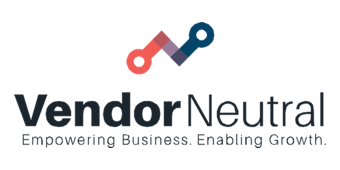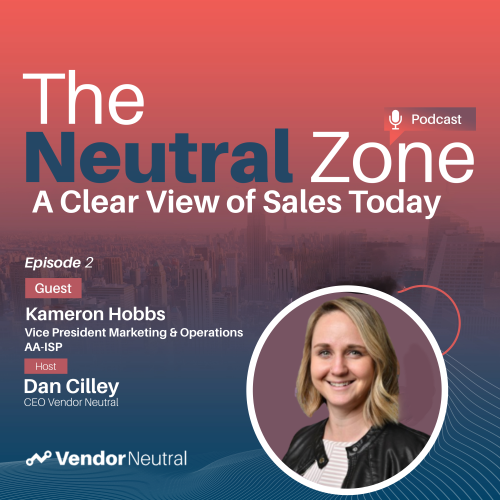
Dan Cilley
Best & Worst Buying Stories with Sales Leaders
Episode: 3
Kameron Hobbs
Vice President Marketing & Operations, AA-ISP
Read Full Transcript
Kameron is crushing it with AA ISP and it’s fair to say, she has been involved in more than a few technology purchases. What has she seen and learned from those experiences? There’s been a few great, and a few not so great. Here’s what she had to say in our interview…
Technology Buying Experiences With Kameron Hobbs
Here’s the full conversation for you to listen to. But if you’d rather read some of the highlights, keep scrolling down for the transcript.
The Bad Technology Buying Experience
Kameron Hobbs: Know what your work is going to look like before signing the dotted line.
A few years ago, I was tasked with looking at different CRMs that would meet the needs of both our organization and our sales stack in general. We had been using Salesforce for a long time, but felt we needed something else to clean things up a bit. We began the vetting process, looked at various technologies and decided on one that met several different needs. We basically stopped everything, decided to start over and began moving forward.
The selection and buying process went so smoothly, I literally thought, “Wow. This is the gift I’ve been looking for.” The challenges began when it came to implementation. We signed the dotted line, and the customer success side of things just dropped. I was responsible for everything. There was no real help or support.
The issue is that lack of support was never discussed during the selling process. What we purchased and what we assumed would happen (I’m going to say we expected “handholding”) were very different from the actual process. I wear many different hats and was not prepared for them to say, “Here’s this technology. Go implement it. Import your data. Run it from there.”
The big failure in the process was the expectation of what was next. Knowing exactly what was expected would have made a big difference for me in the decision-making process. What are the next steps that are required? Answering that would have affected our decision.
Instead of them asking questions, it was mostly us asking. We actually came in inbound as a warm lead needing a solution. They gave me that solution on a platter. That’s probably not the right process to make an intelligent decision about buying this technology. Knowing the right questions to ask is very valuable. At the same time, though, they weren’t asking the right questions from their point of view. If they were, that would have probably spawn additional questions.
However, we are still using the solution, and it’s great. It works well for our team. It has just taken a lot more effort and manpower on my team’s side to get it to be what we want it to be. When you look at case studies from certain vendors, they’re showing you it’s wonderful. But, it takes a lot of work to get the technology to work for you in that way. A lot of these tools are showing you best case scenario, and it can be great. You just have to know it’s going to be a lot of effort on your side.
My advice is to know what your work is going to look like after you sign on the dotted line. You need to plan your own time, as well as how your team will use it. We’re using the CRM technology. We use it every day, and it has proved to be very effective. But, I would have made different choices if I knew the customer success side of it, and what that would mean for us afterwards. I don’t even think I have an account manager right now, so I don’t know…
What A Good Technology Buying Experience Looks Like
Kameron Hobbs: In order to keep a customer, you need to stay top of mind.
I met the CEO of Sales Intel a few years ago at a conference. We established a good relationship, and I slowly started learning about their company. He encouraged me to check them out, and put me in touch with one of their sales reps, Matt Nash out of Washington, DC. His questions were different from other vendors. He basically said, “Tell me about what you’re looking for.”
Matt took the time to really understand our company, with almost no buying pressure. He wanted to know how we were using data, what was a strategy, and what we needed. He literally asked me to send him a list of what I was looking for. He would build the solution and show me how I could use it in the future. That made a huge difference.
We signed with them starting in 2020 and have begun to use the technology. Here’s what funny. I had a meeting pop up on my calendar. It was our monthly check-in! He just automatically set it up.
They have a monthly check-in to make sure that what we are doing is working correctly. This is my opportunity to ask questions and learn best practices. They teach us how best to use their solution. We get to see any new technologies or processes that have been added since implementation.
This was definitely not a “sign and done” situation. Sometimes I get an email from account management that says, “I don’t see that you’ve done this yet. It might be good for you to do that.” Matt initially walked us through the process. However, he still reaches out himself to see how things are going. That’s definitely a different experience than I’ve had with other solutions.
It comes down to being all over the customer journey. From opportunity inception through close, and then beyond into the customer success strategy, they are aligned. They work as a team, sharing data and working together to create an incredible customer experience. They learned about my pains and frustrations, and effectively showed how their solution applies to my needs.
So many times clients get handed off to account representatives once the sale is complete. However, the rep doesn’t have the same relationship and awareness. Why not carry that relationship further through the sales cycle? Why turn the heat off once I’m initially qualified? Instead, Sales Intel worked as an integrated team that took responsibility throughout the sales cycle.
Success depends on customer retention. When it’s time to renew, there needs to still be a relationship. If a sales rep reaches out to me once a year at renewal time, I think, “How do you know what I’m doing? You don’t know my use.” Maintain relationships by regularly checking to see if clients are using the product. If not, why not?
Put the human side back in the sales process. Keep sellers, clients, customers, prospects and everyone else “in the know,” as intertwined as you can. Businesses have a lot of technology options. In order to keep a customer, you need to stay top of mind. Show them that you want to keep their business.
Tech Buying Made Easy
Optimize your tech buying experience. Get solutions that match your needs from vendors that align with your goals and priorities. Sound too good to be true? It’s not. Try the Simple Sales Stack Selector designed by Vendor Neutral.
Other Podcasts
-
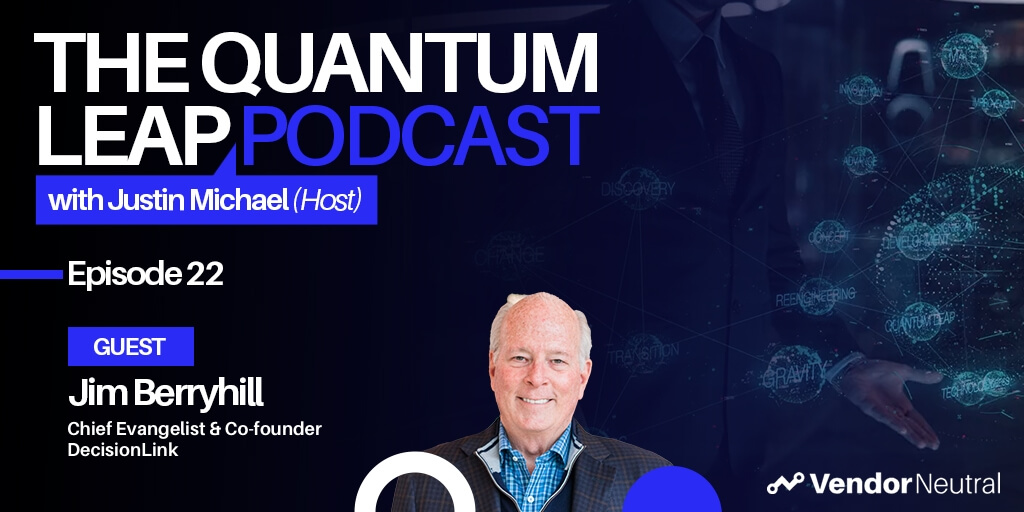 4 Opportunities For Massive Growth In Customer Value Management4 Opportunities For Massive Growth In Customer Value Management
4 Opportunities For Massive Growth In Customer Value Management4 Opportunities For Massive Growth In Customer Value Management -
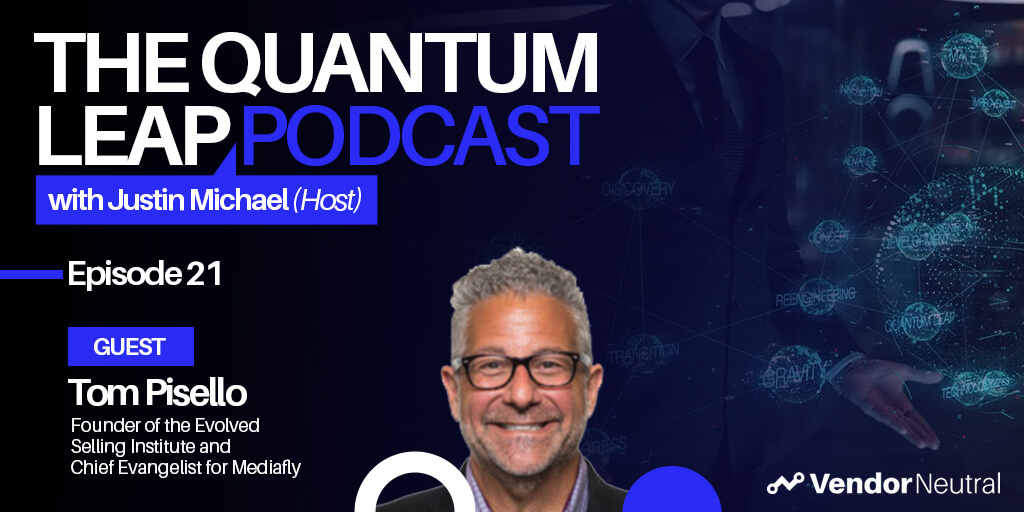 Closing the Customer Engagement Gap | Showing A Clear Case of ROIClosing the Customer Engagement Gap | Showing A Clear Case of ROI
Closing the Customer Engagement Gap | Showing A Clear Case of ROIClosing the Customer Engagement Gap | Showing A Clear Case of ROI -
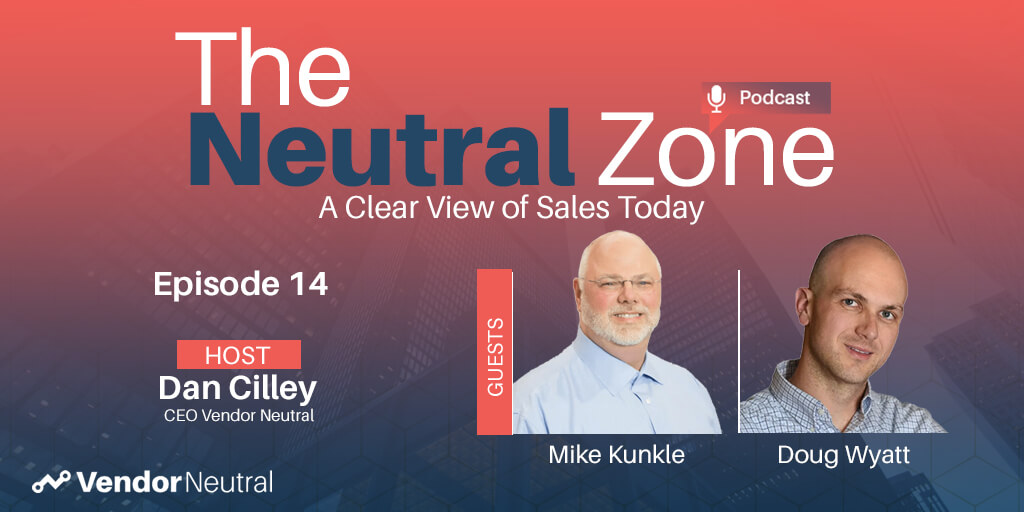 Buyer-Centric Selling | Modern Sales Foundations Virtual Sales TrainingBuyer-Centric Selling | Modern Sales Foundations Virtual Sales Training
Buyer-Centric Selling | Modern Sales Foundations Virtual Sales TrainingBuyer-Centric Selling | Modern Sales Foundations Virtual Sales Training -
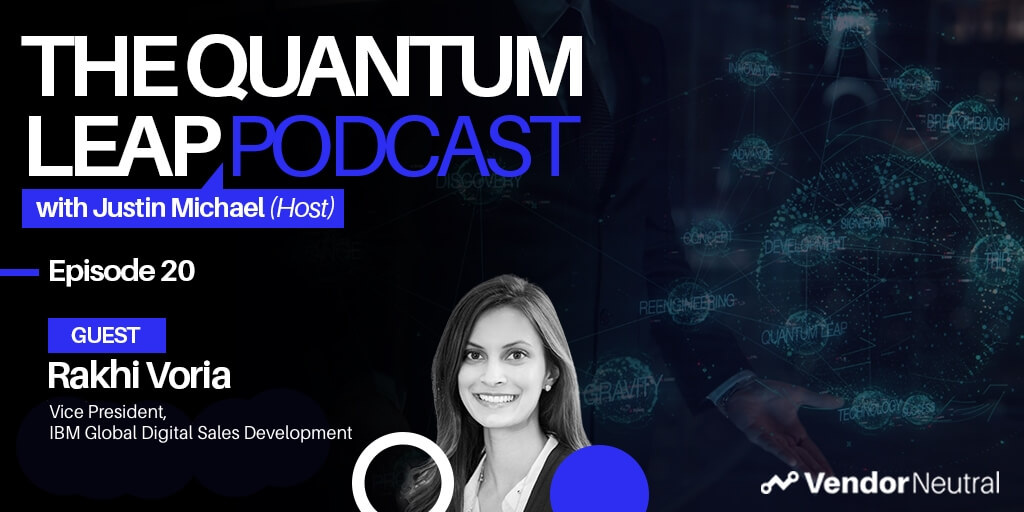 Biggest Trends in Digital TransformationBiggest Trends in Digital Transformation
Biggest Trends in Digital TransformationBiggest Trends in Digital Transformation -
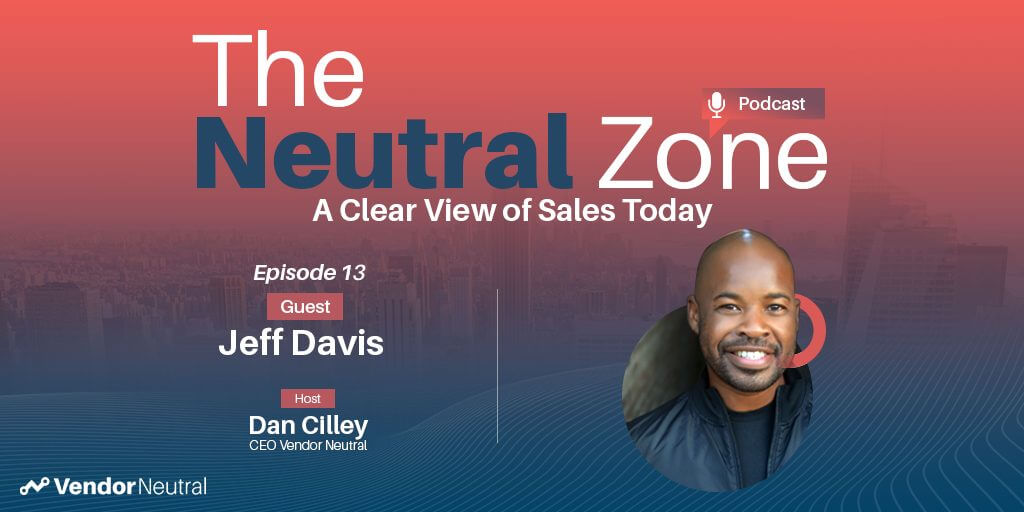 Focus on These 3 Things for Sales Technology AdoptionFocus on These 3 Things for Sales Technology Adoption
Focus on These 3 Things for Sales Technology AdoptionFocus on These 3 Things for Sales Technology Adoption -
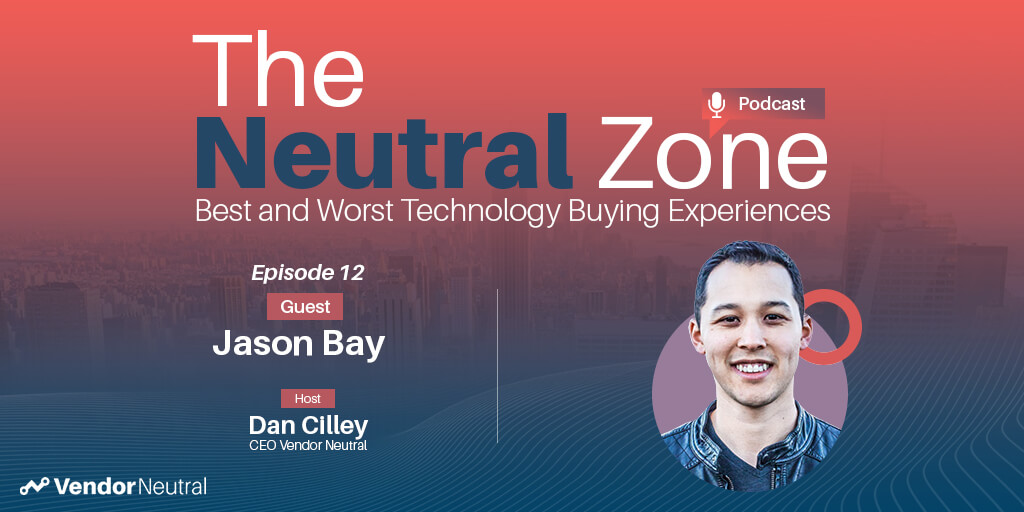 For Sales Technology Buyers A Customer Success Strategy is KeyFor Sales Technology Buyers A Customer Success Strategy is Key
For Sales Technology Buyers A Customer Success Strategy is KeyFor Sales Technology Buyers A Customer Success Strategy is Key -
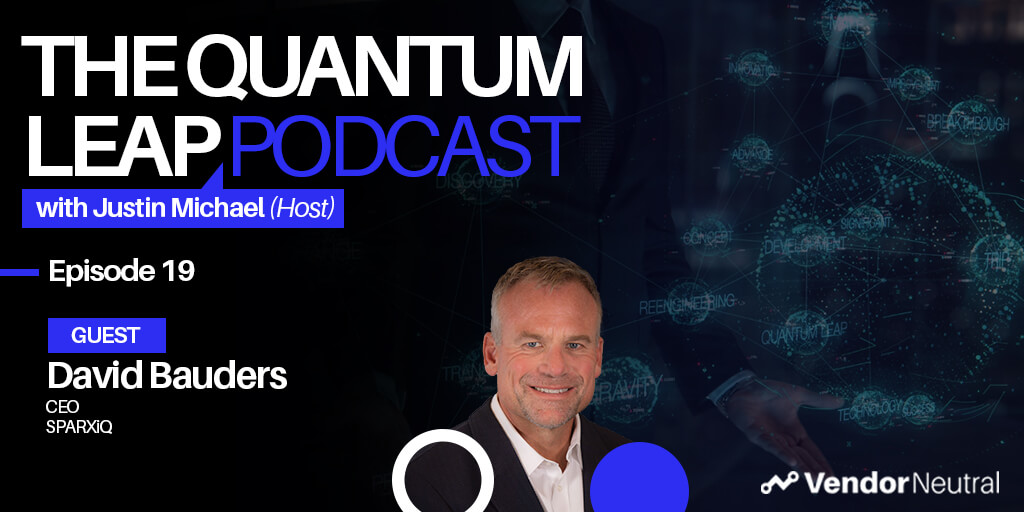 The Future of Sales TrainingThe Future of Sales Training
The Future of Sales TrainingThe Future of Sales Training -
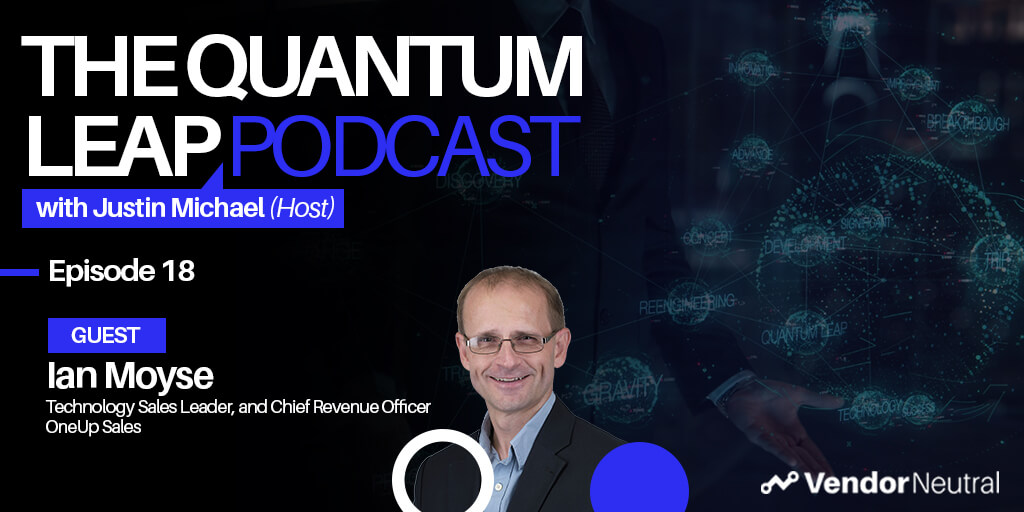 Sales Enablement to Generate Revenue in 2021 and BeyondSales Enablement to Generate Revenue in 2021 and Beyond
Sales Enablement to Generate Revenue in 2021 and BeyondSales Enablement to Generate Revenue in 2021 and Beyond -
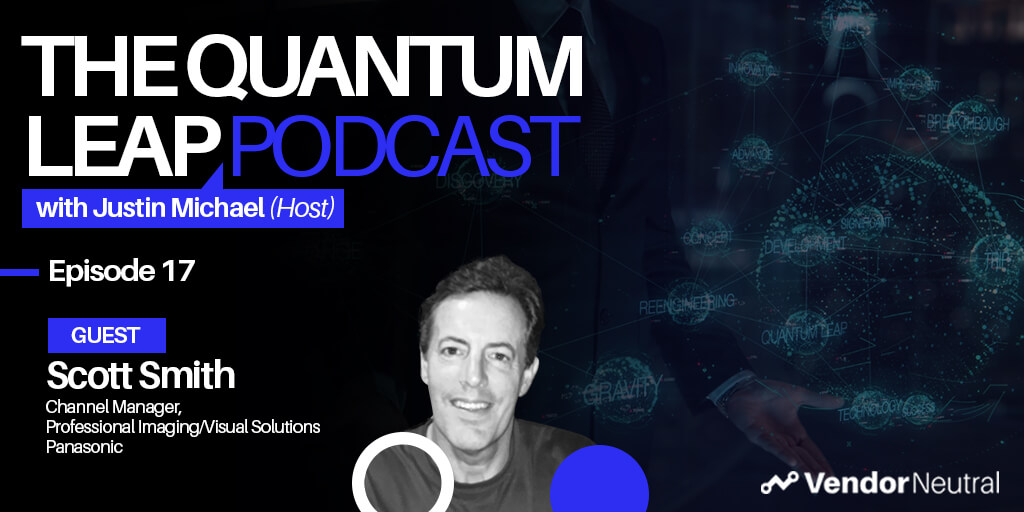 Leveraging Sales Technology in Enterprise Channel Sales | Start by identifying the problems you’re trying to solveLeveraging Sales Technology in Enterprise Channel Sales | Start by identifying the problems you’re trying to solve
Leveraging Sales Technology in Enterprise Channel Sales | Start by identifying the problems you’re trying to solveLeveraging Sales Technology in Enterprise Channel Sales | Start by identifying the problems you’re trying to solve -
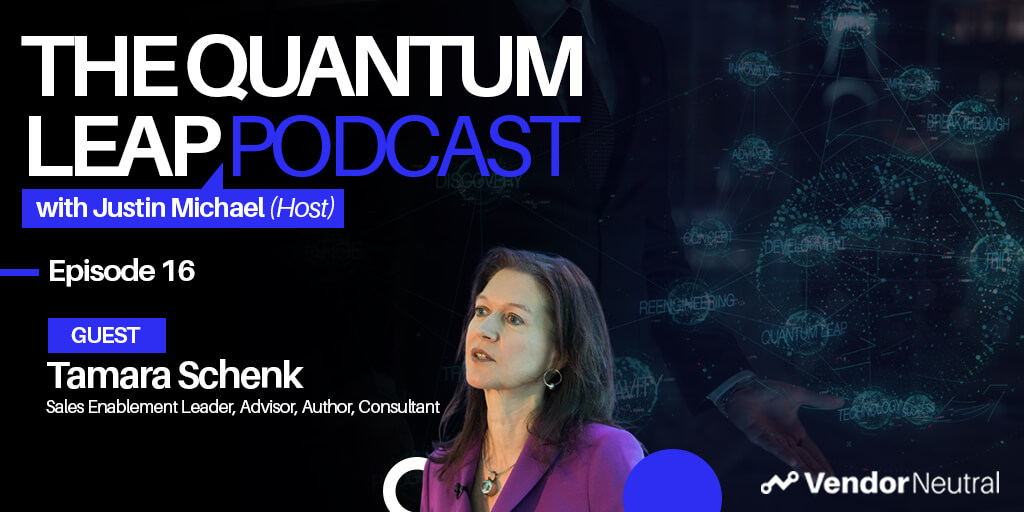 The One Question to Ask Before Sales Technology Implementation to Ensure the Success of Your Enablement InitiativeThe One Question to Ask Before Sales Technology Implementation to Ensure the Success of Your Enablement Initiative
The One Question to Ask Before Sales Technology Implementation to Ensure the Success of Your Enablement InitiativeThe One Question to Ask Before Sales Technology Implementation to Ensure the Success of Your Enablement Initiative -
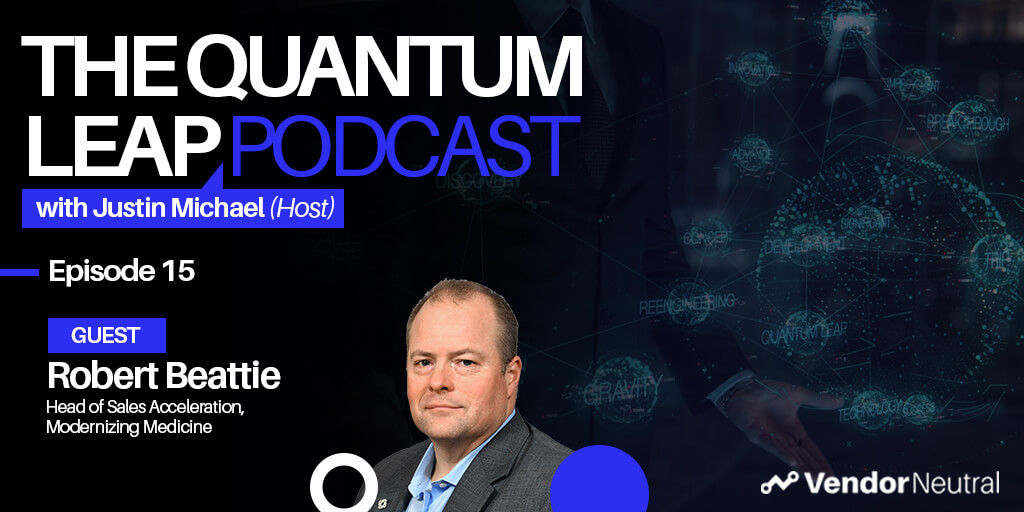 Digitally Enabled Enterprise Sales - Technology & Skills You'll Need in 2025Digitally Enabled Enterprise Sales - Technology & Skills You'll Need in 2025
Digitally Enabled Enterprise Sales - Technology & Skills You'll Need in 2025Digitally Enabled Enterprise Sales - Technology & Skills You'll Need in 2025 -
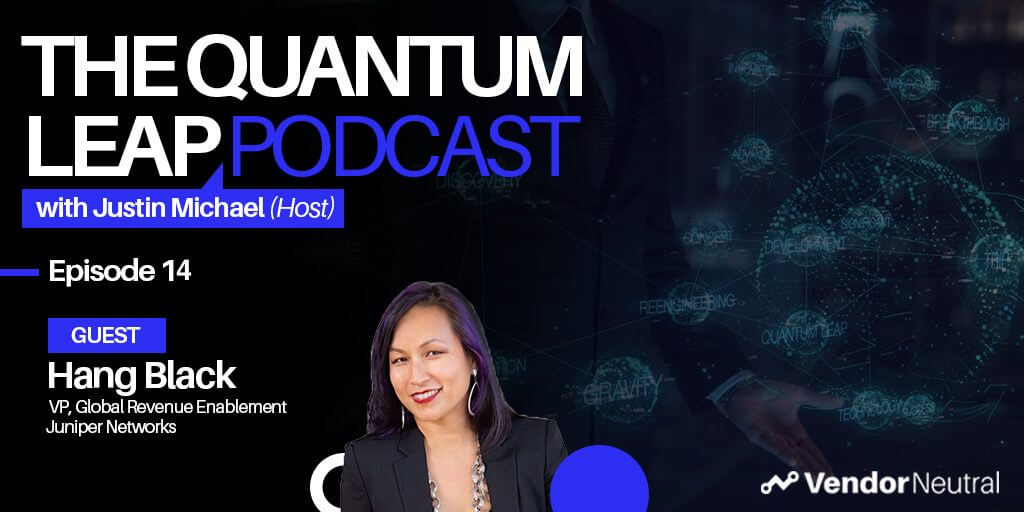 A Look Into The Future of Sales EnablementA Look Into The Future of Sales Enablement
A Look Into The Future of Sales EnablementA Look Into The Future of Sales Enablement -
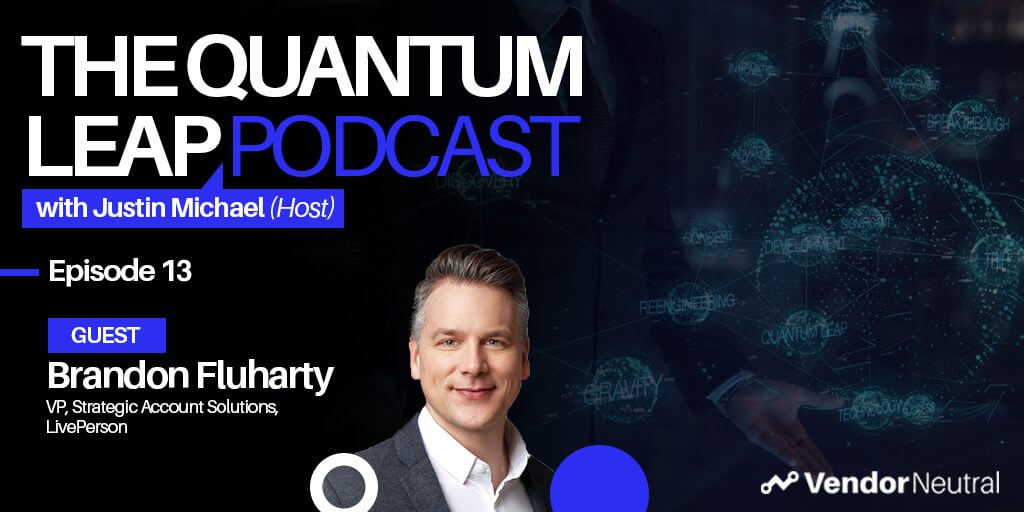 3 Ways Sales Technology will Shape the Future of Strategic Selling & Enterprise Sales3 Ways Sales Technology will Shape the Future of Strategic Selling & Enterprise Sales
3 Ways Sales Technology will Shape the Future of Strategic Selling & Enterprise Sales3 Ways Sales Technology will Shape the Future of Strategic Selling & Enterprise Sales -
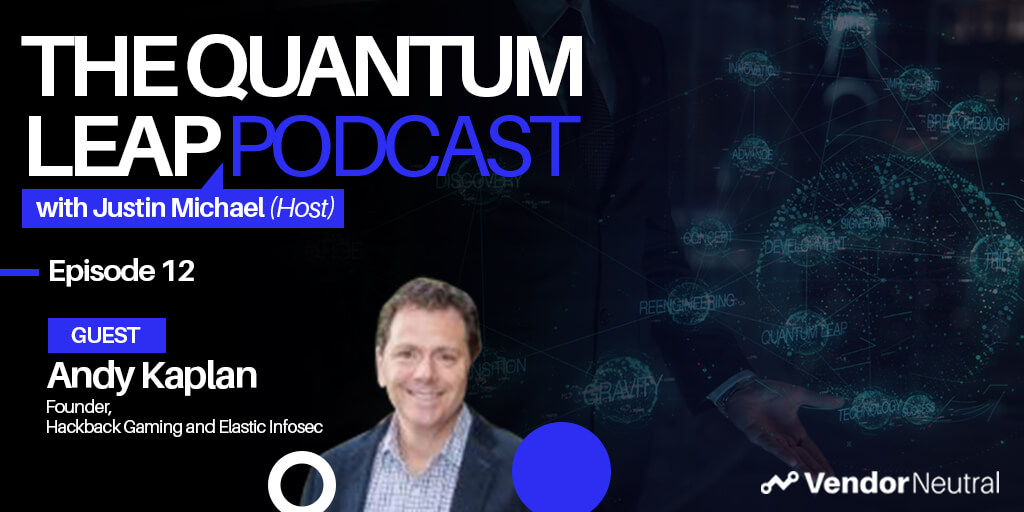 Future of Sales in the EnterpriseFuture of Sales in the Enterprise
Future of Sales in the EnterpriseFuture of Sales in the Enterprise -
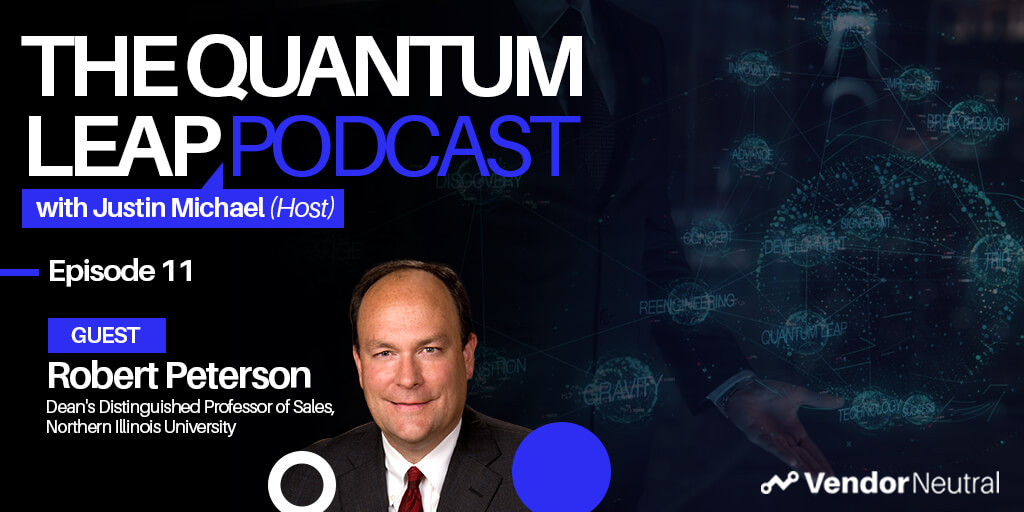 Developing the Revenue Leaders of TomorrowDeveloping the Revenue Leaders of Tomorrow
Developing the Revenue Leaders of TomorrowDeveloping the Revenue Leaders of Tomorrow -
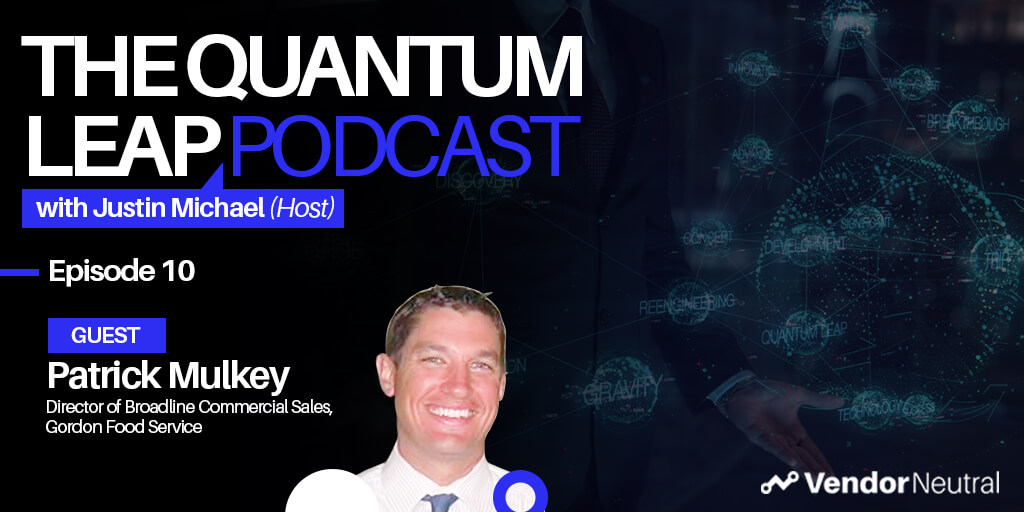 Evaluating and Updating Your Enterprise Sales Technology StackEvaluating and Updating Your Enterprise Sales Technology Stack
Evaluating and Updating Your Enterprise Sales Technology StackEvaluating and Updating Your Enterprise Sales Technology Stack -
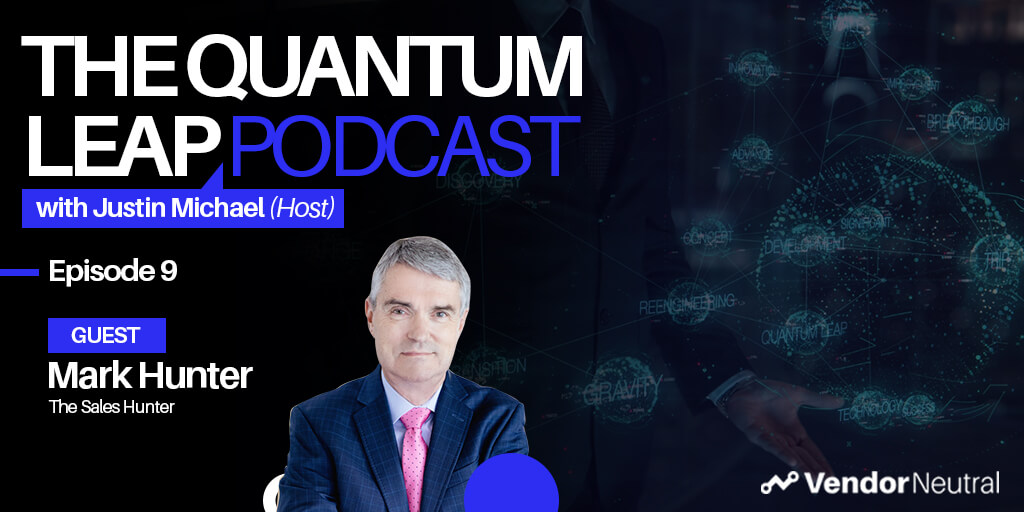 How-to Connect With Enterprise Buyers When Selling From HomeHow-to Connect With Enterprise Buyers When Selling From Home
How-to Connect With Enterprise Buyers When Selling From HomeHow-to Connect With Enterprise Buyers When Selling From Home -
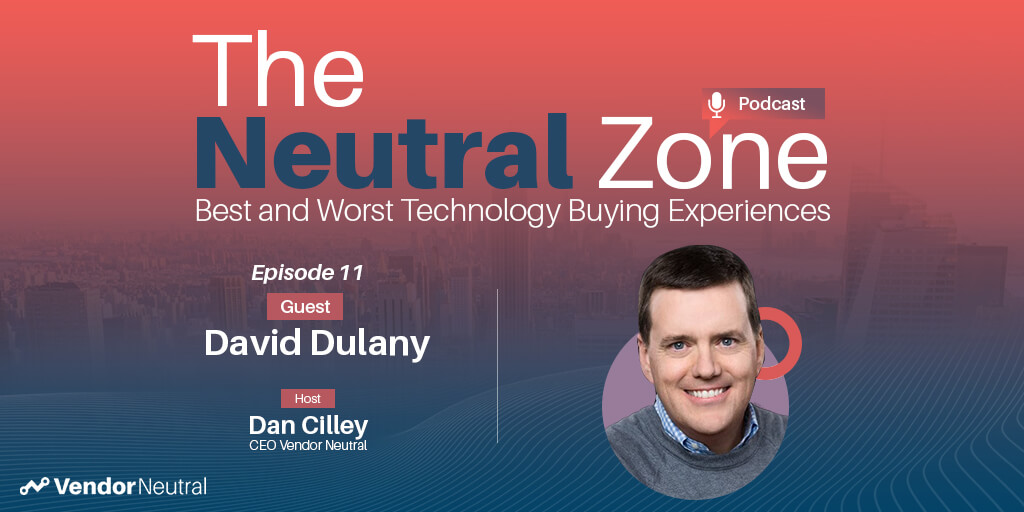 Is the Sales Technology Buying Process Over Engineered?Is the Sales Technology Buying Process Over Engineered?
Is the Sales Technology Buying Process Over Engineered?Is the Sales Technology Buying Process Over Engineered? -
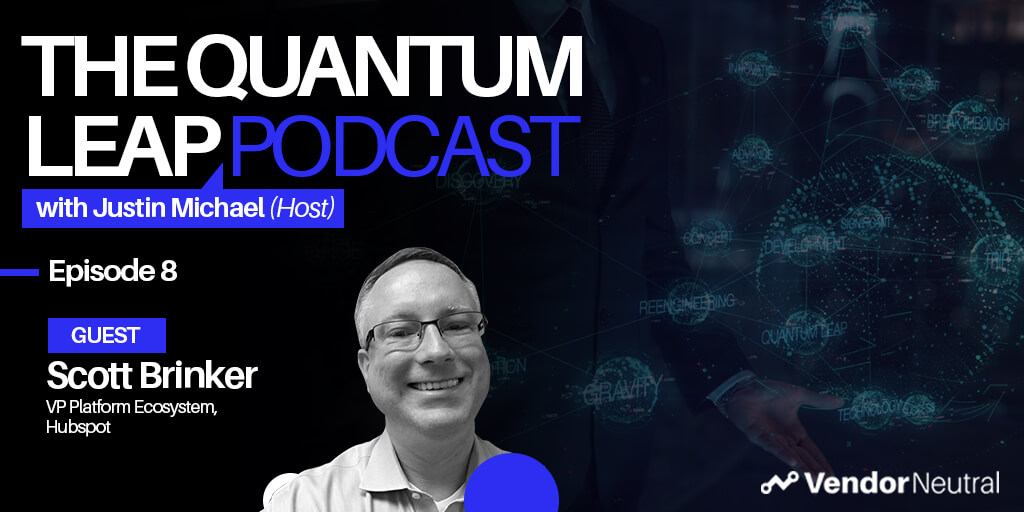 Tangible Ways to Digitally Transform Enterprise OrganizationsTangible Ways to Digitally Transform Enterprise Organizations
Tangible Ways to Digitally Transform Enterprise OrganizationsTangible Ways to Digitally Transform Enterprise Organizations -
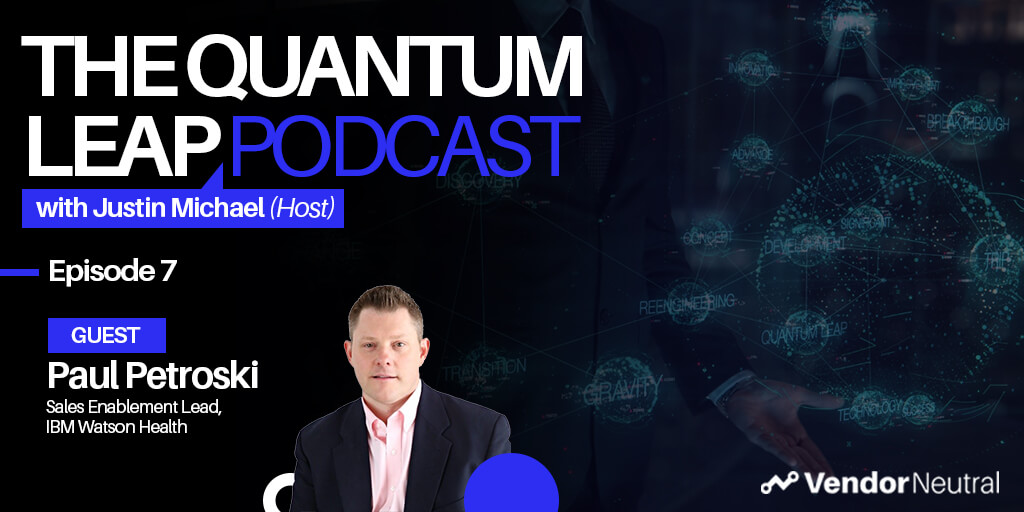 Quantum Leap Podcast Episode 7Quantum Leap Podcast Episode 7
Quantum Leap Podcast Episode 7Quantum Leap Podcast Episode 7 -
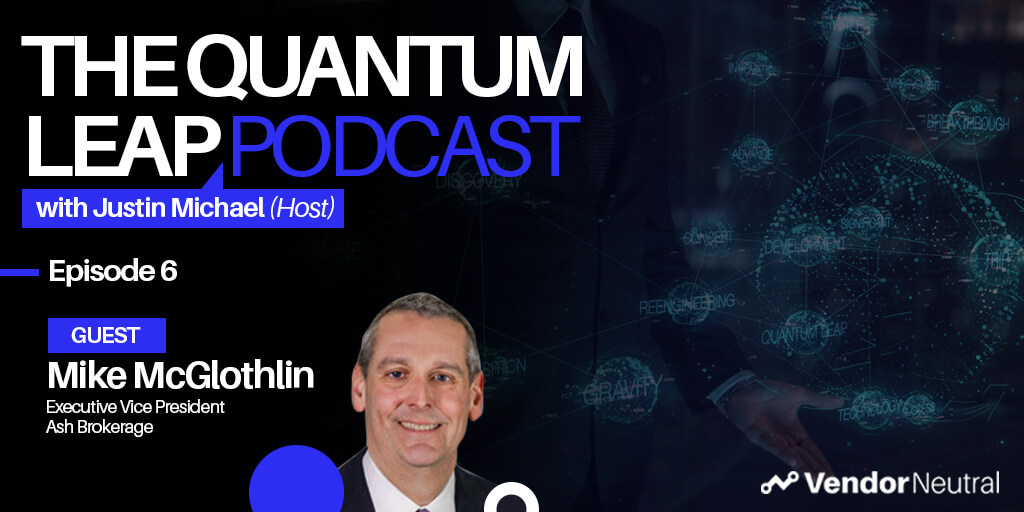 How Sales Technology is Making an Impact in the Financial SpaceHow Sales Technology is Making an Impact in the Financial Space
How Sales Technology is Making an Impact in the Financial SpaceHow Sales Technology is Making an Impact in the Financial Space -
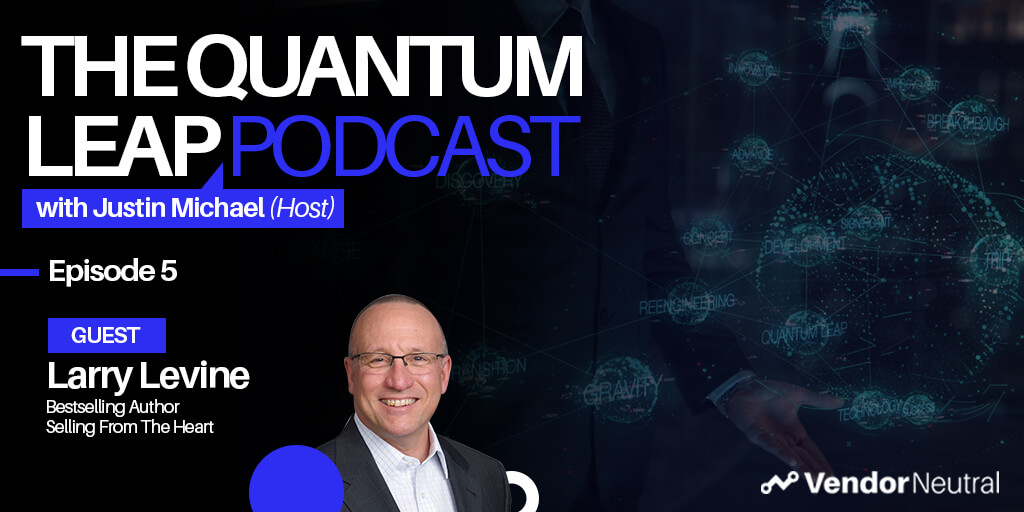 Quantum Leap Podcast Episode 5Quantum Leap Podcast Episode 5
Quantum Leap Podcast Episode 5Quantum Leap Podcast Episode 5 -
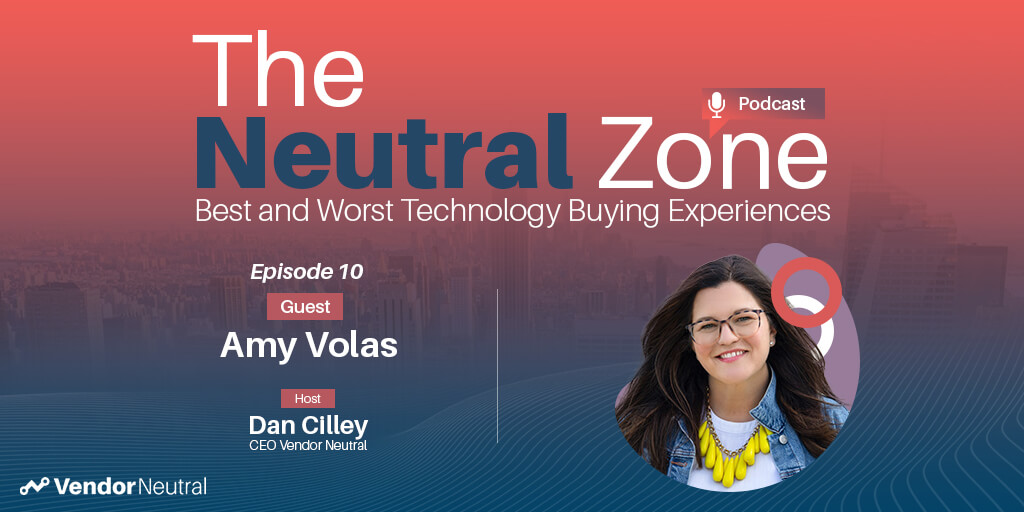 Clear View of Sales Episode 10 with Amy VolasClear View of Sales Episode 10 with Amy Volas
Clear View of Sales Episode 10 with Amy VolasClear View of Sales Episode 10 with Amy Volas -
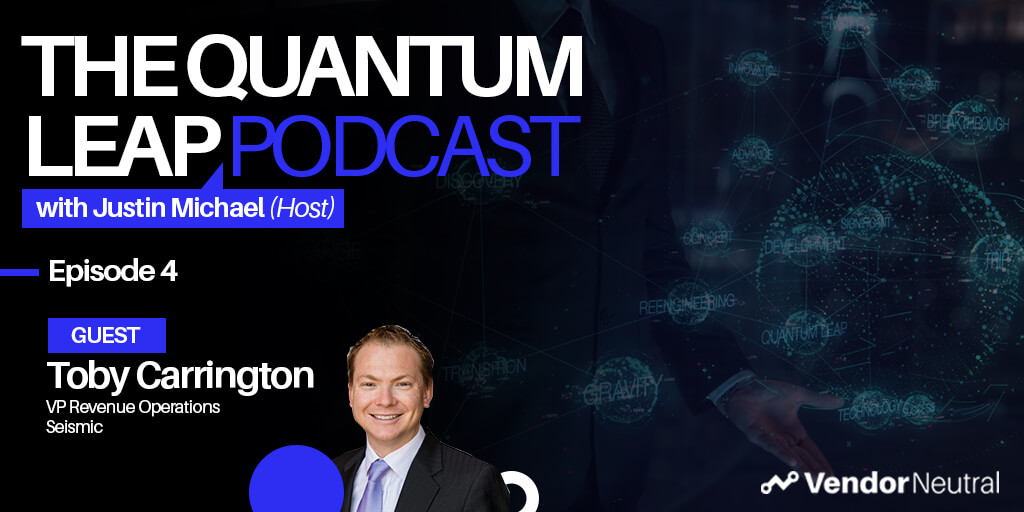 Quantum Leap Podcast Episode 4: Transforming Your Enterprise TechStack, The Future is Bright!Quantum Leap Podcast Episode 4: Transforming Your Enterprise TechStack, The Future is Bright!
Quantum Leap Podcast Episode 4: Transforming Your Enterprise TechStack, The Future is Bright!Quantum Leap Podcast Episode 4: Transforming Your Enterprise TechStack, The Future is Bright! -
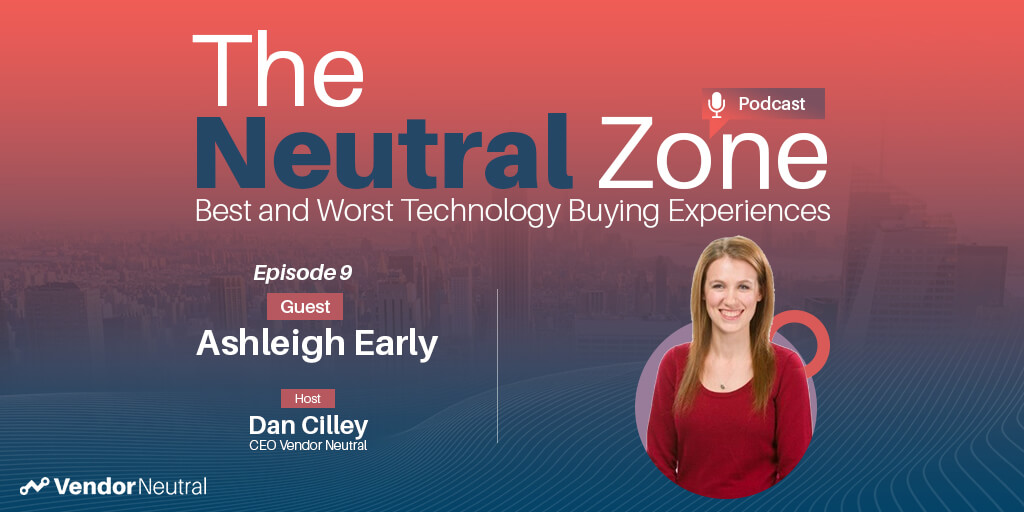 Clear View of Sales with Ashleigh Early:Clear View of Sales with Ashleigh Early:
Clear View of Sales with Ashleigh Early:Clear View of Sales with Ashleigh Early: -
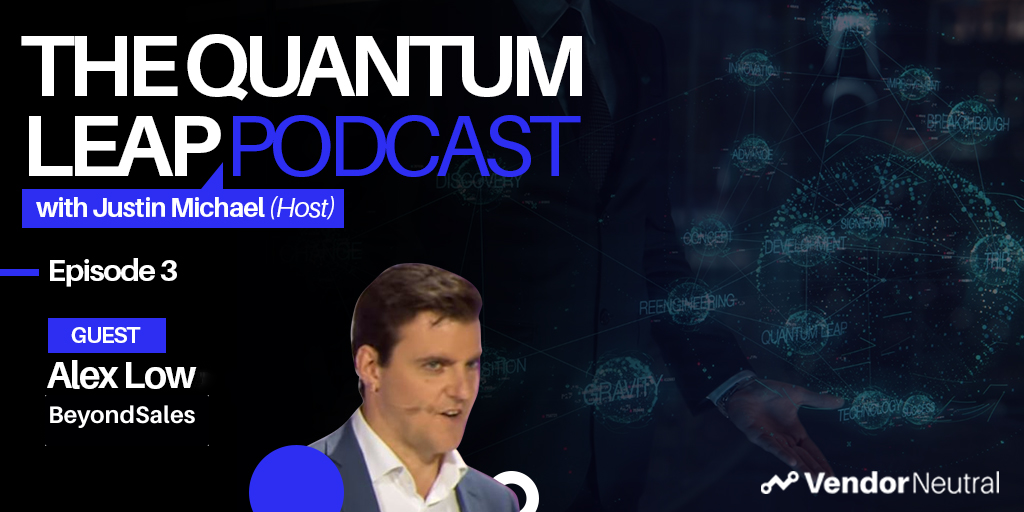 Quantum Leap Episode 3: Unlock the Mystery of Enterprise TransformationQuantum Leap Episode 3: Unlock the Mystery of Enterprise Transformation
Quantum Leap Episode 3: Unlock the Mystery of Enterprise TransformationQuantum Leap Episode 3: Unlock the Mystery of Enterprise Transformation -
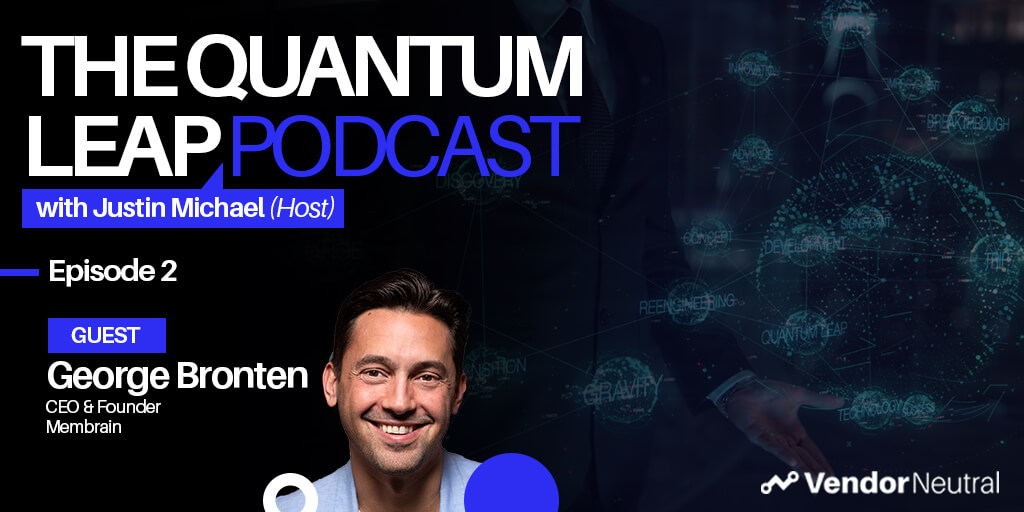 Quantum Leap Podcast Episode 2Quantum Leap Podcast Episode 2
Quantum Leap Podcast Episode 2Quantum Leap Podcast Episode 2 -
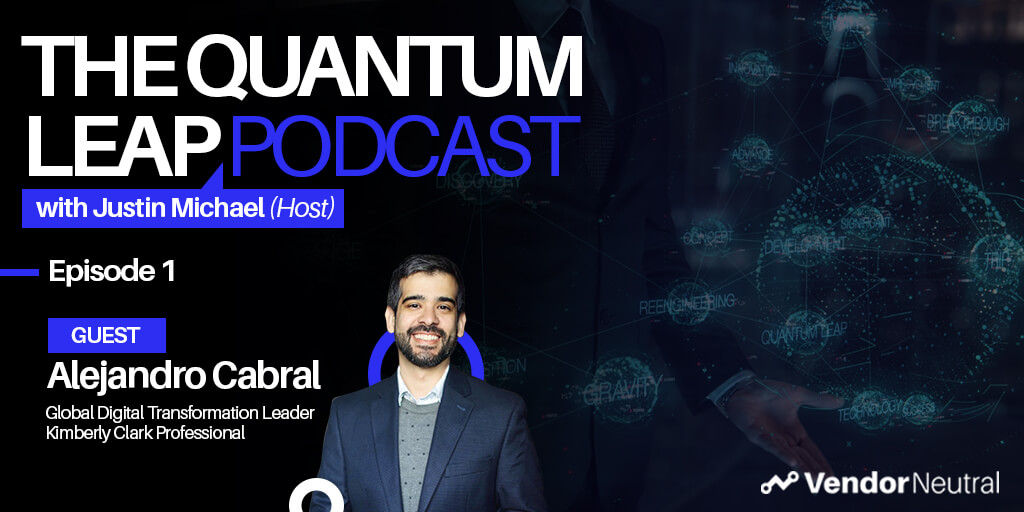 Quantum Leap Podcast Episode 1Quantum Leap Podcast Episode 1
Quantum Leap Podcast Episode 1Quantum Leap Podcast Episode 1 -
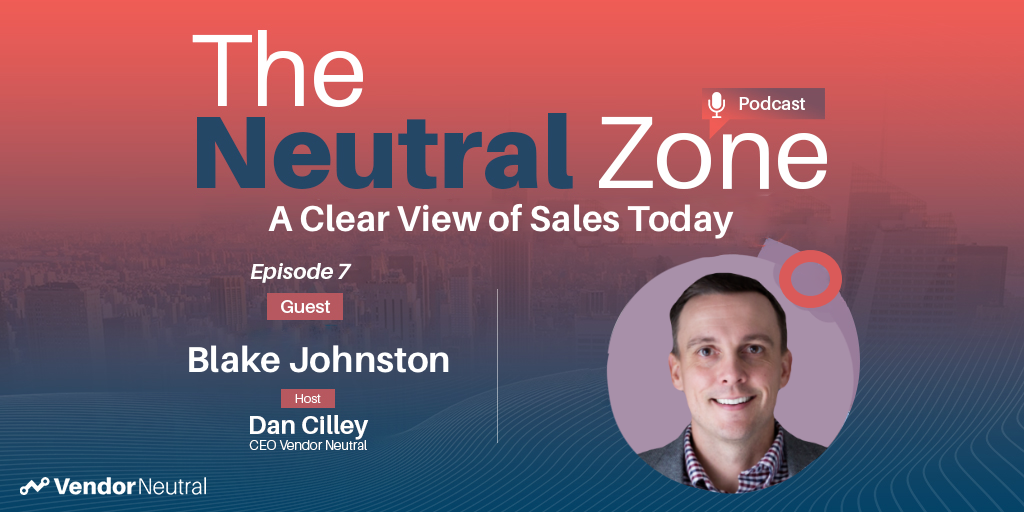 The Best & Worst B2B Technology Buying Experiences With Blake JohnstonThe Best & Worst B2B Technology Buying Experiences With Blake Johnston
The Best & Worst B2B Technology Buying Experiences With Blake JohnstonThe Best & Worst B2B Technology Buying Experiences With Blake Johnston -
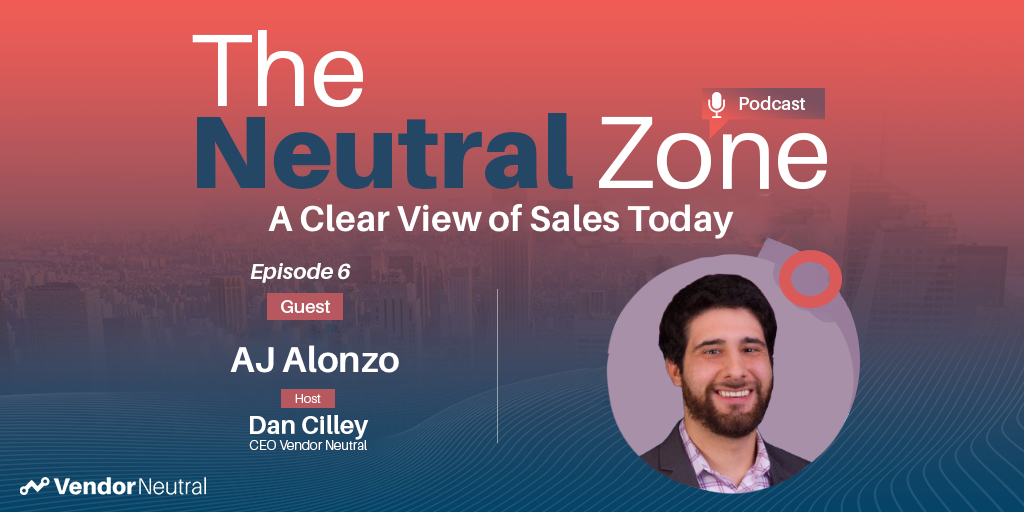 The Best & Worst B2B Technology Buying Experiences With AJ AlonzoThe Best & Worst B2B Technology Buying Experiences With AJ Alonzo
The Best & Worst B2B Technology Buying Experiences With AJ AlonzoThe Best & Worst B2B Technology Buying Experiences With AJ Alonzo -
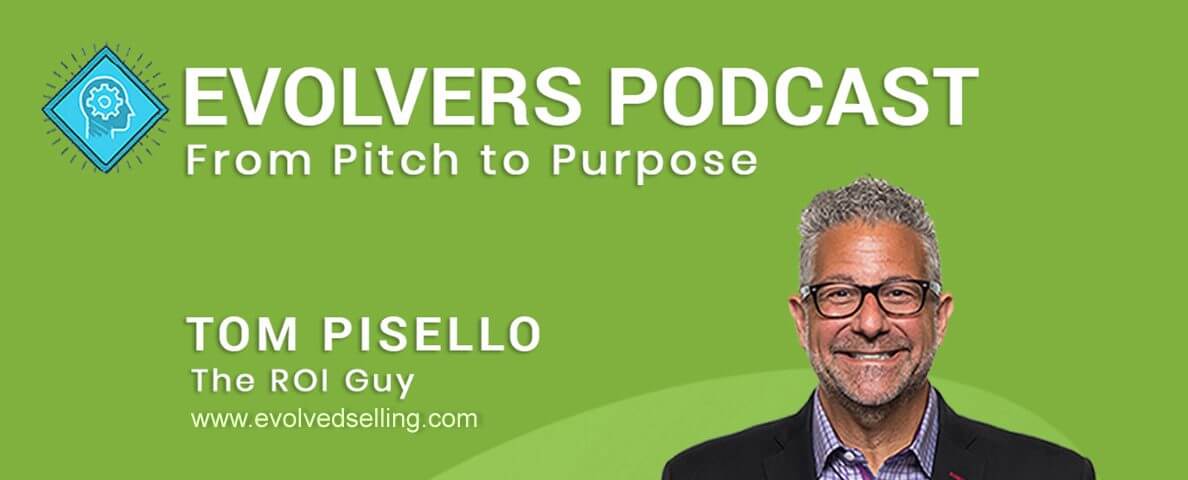 Evolvers Podcast: The Democratization of Sales Enablement? With Dan CilleyEvolvers Podcast: The Democratization of Sales Enablement? With Dan Cilley
Evolvers Podcast: The Democratization of Sales Enablement? With Dan CilleyEvolvers Podcast: The Democratization of Sales Enablement? With Dan Cilley -
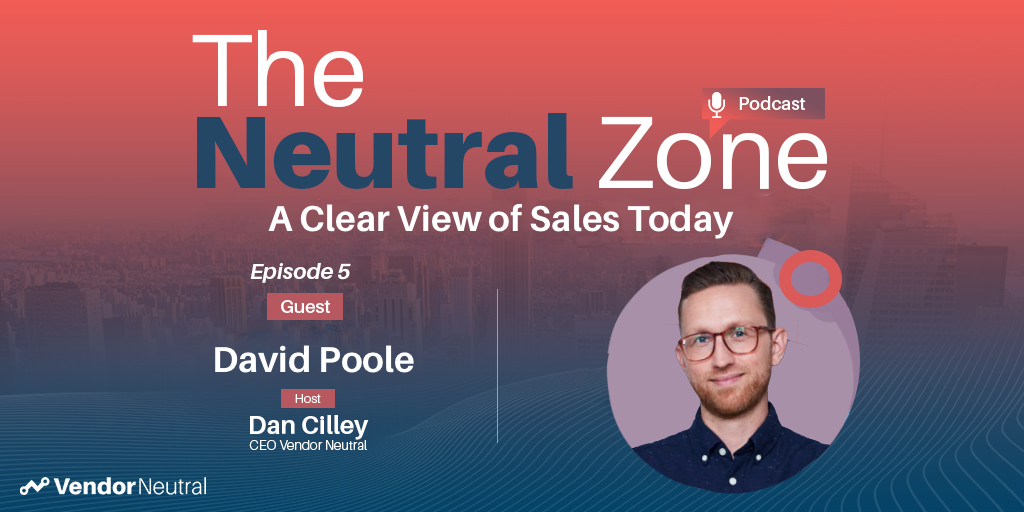 The Best & Worst B2B Technology Buying Experiences With David PooleThe Best & Worst B2B Technology Buying Experiences With David Poole
The Best & Worst B2B Technology Buying Experiences With David PooleThe Best & Worst B2B Technology Buying Experiences With David Poole -
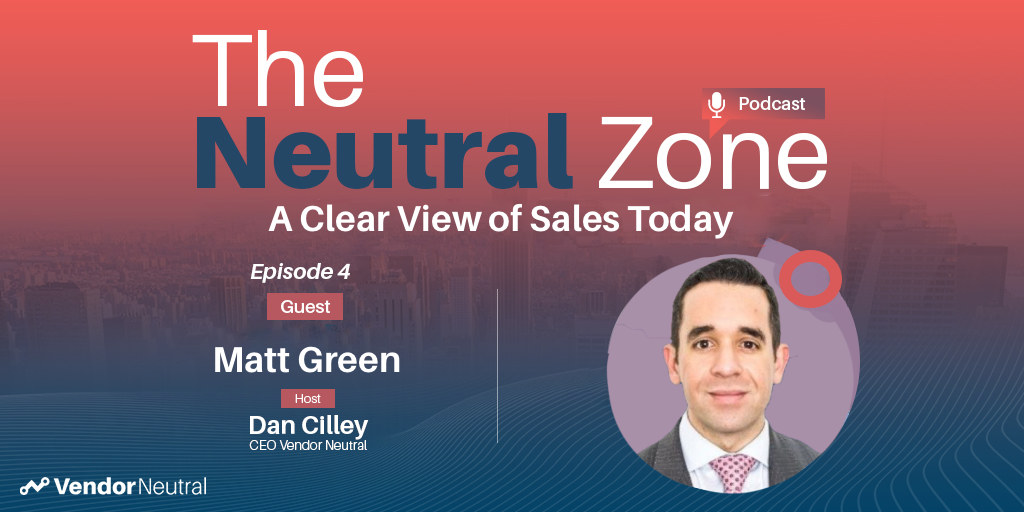 The Best & Worst B2B Technology Buying Experiences With Matt GreenThe Best & Worst B2B Technology Buying Experiences With Matt Green
The Best & Worst B2B Technology Buying Experiences With Matt GreenThe Best & Worst B2B Technology Buying Experiences With Matt Green -
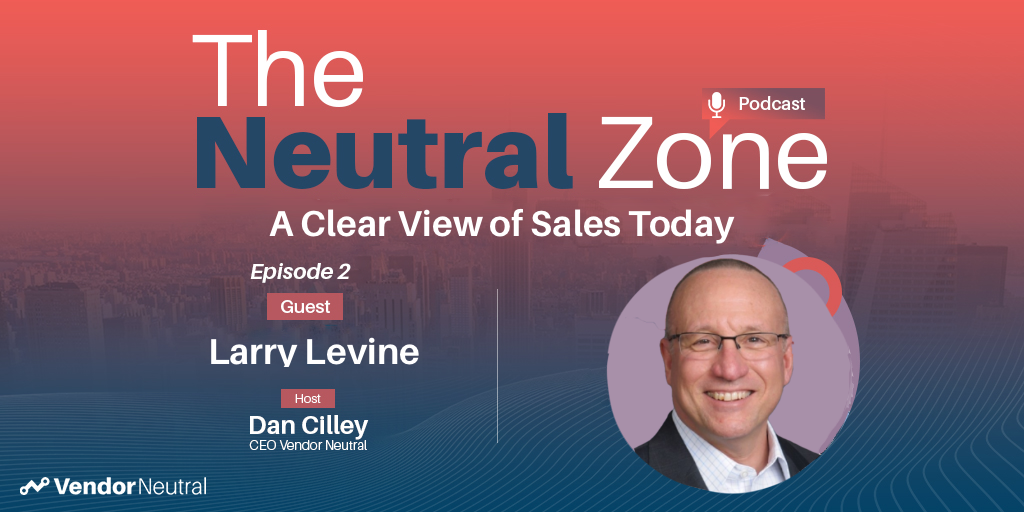 The Best & Worst B2B Technology Buying Experiences with Larry LevineThe Best & Worst B2B Technology Buying Experiences with Larry Levine
The Best & Worst B2B Technology Buying Experiences with Larry LevineThe Best & Worst B2B Technology Buying Experiences with Larry Levine -
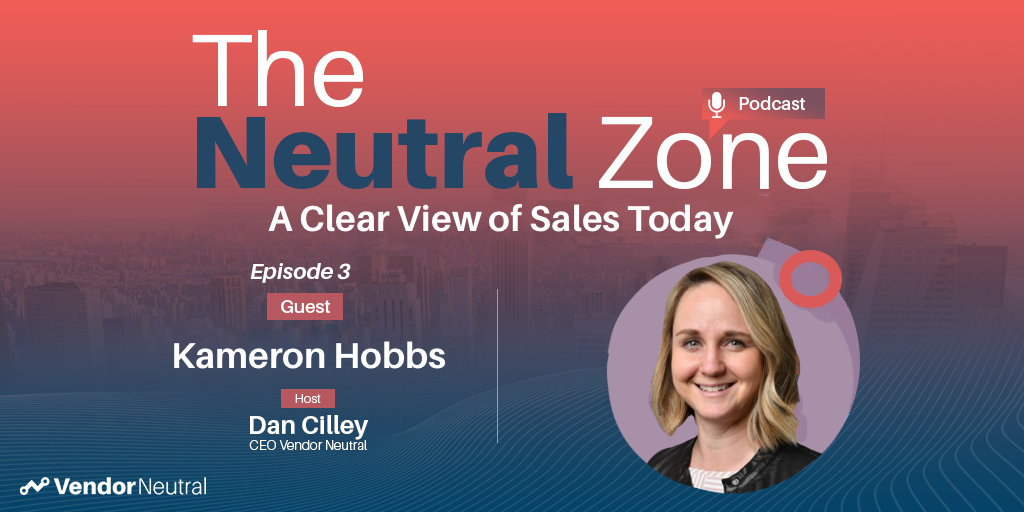 The Best & Worst B2B Technology Buying Experiences with Kameron HobbsThe Best & Worst B2B Technology Buying Experiences with Kameron HobbsVideo
The Best & Worst B2B Technology Buying Experiences with Kameron HobbsThe Best & Worst B2B Technology Buying Experiences with Kameron HobbsVideo -
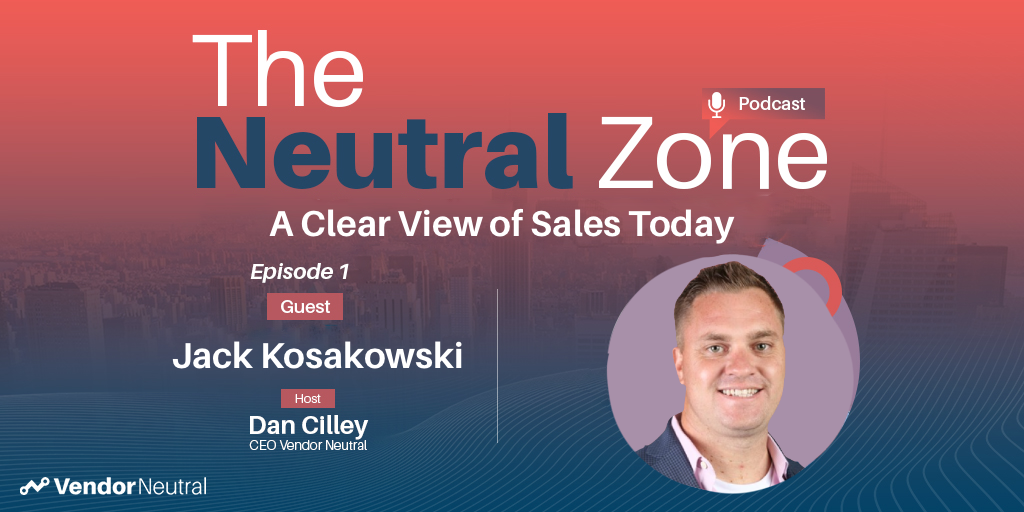 The Best & Worst B2B Technology Buying Experiences with Jack KosakowsiThe Best & Worst B2B Technology Buying Experiences with Jack KosakowsiPodcast
The Best & Worst B2B Technology Buying Experiences with Jack KosakowsiThe Best & Worst B2B Technology Buying Experiences with Jack KosakowsiPodcast
